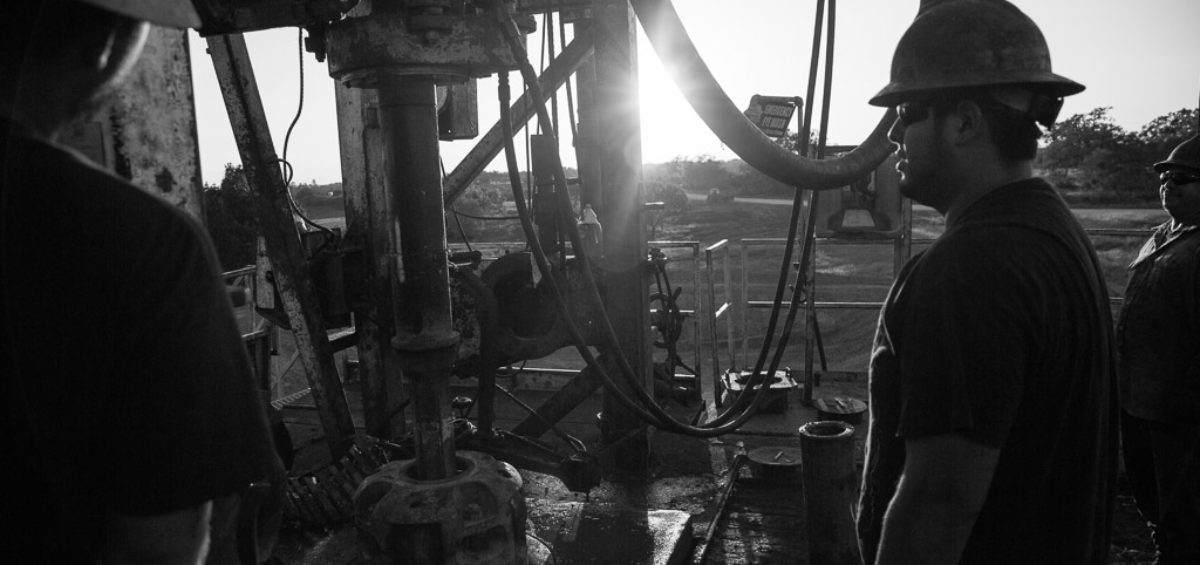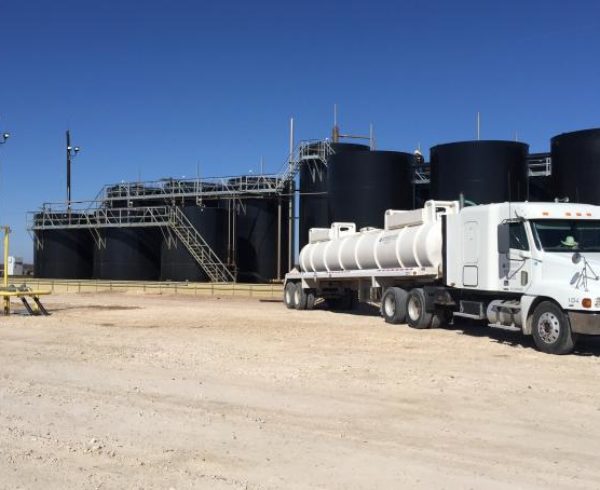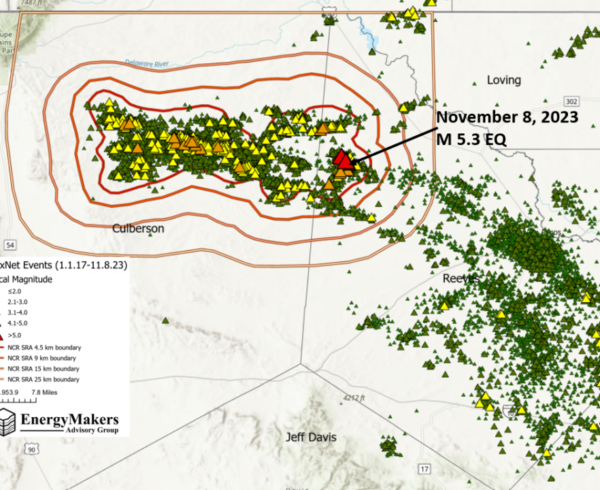As the oil and gas industry faces mounting challenges about how and where to dispose of its growing volumes of wastewater in certain regions, the Trump administration is considering whether to ease regulations and make it easier for drillers to discharge appropriately treated wastewater directly into rivers and streams.
This potential shift in policy comes as the industry faces growing concerns that the underlying geologies for disposal wells in parts of the Permian Basin and other shale plays are showing signs of future reduced injection capacity. The US Environmental Protection Agency (EPA) is investigating whether water standards might be changed to allow oil and gas companies to pump treated wastewater directly into the water supply used by nearby communities. We hope they will also identify pathways to enable reuse of appropriately treated produced water by other industries, like agriculture and ranching.
This is driven partly by ongoing research into new wastewater treatment technologies that promise to economically treat drilling wastewater for reuse in the oil field or in other water-intensive industries.
The agency is currently in a fact-finding mode on the water issue, which includes holding public meetings and consulting with experts. A white paper that EPA plans to produce in early 2019 will also help guide its decisions on water regulation changes.
Produced water management and disposal in Class II saltwater disposal wells are major focus areas in EnergyMakers Advisory Group’s comprehensive Underground Injection Risk Report. And, our new Data-on-Demand Service offers a deep dive into the relationship between water injection and formation pressure trends.
Contact us at info@energymakersag.com to learn more about both.
And count on EnergyMakers to keep you updated on changes pertaining to wastewater management, disposal injection, and other topics impacting produced water management and regulations.







